I am trying to calculate a transitive closure of a graph. Let`s consider this graph as an example (the picture depicts the graph, its adjacency and connectivity matrix):

Using Warshall's algorithm, which i found on this page, I generate this connectivity matrix (=transitive closure?), that is different from the one in the picture:
01111
01111
01011
01111
01111
I have also tried using this applet which also gives me a different result:
01111
01111
01111
01111
01111
So I'm a little confused right now, since I don't know which matrix is the right one. Can someone shed some light on my problem?